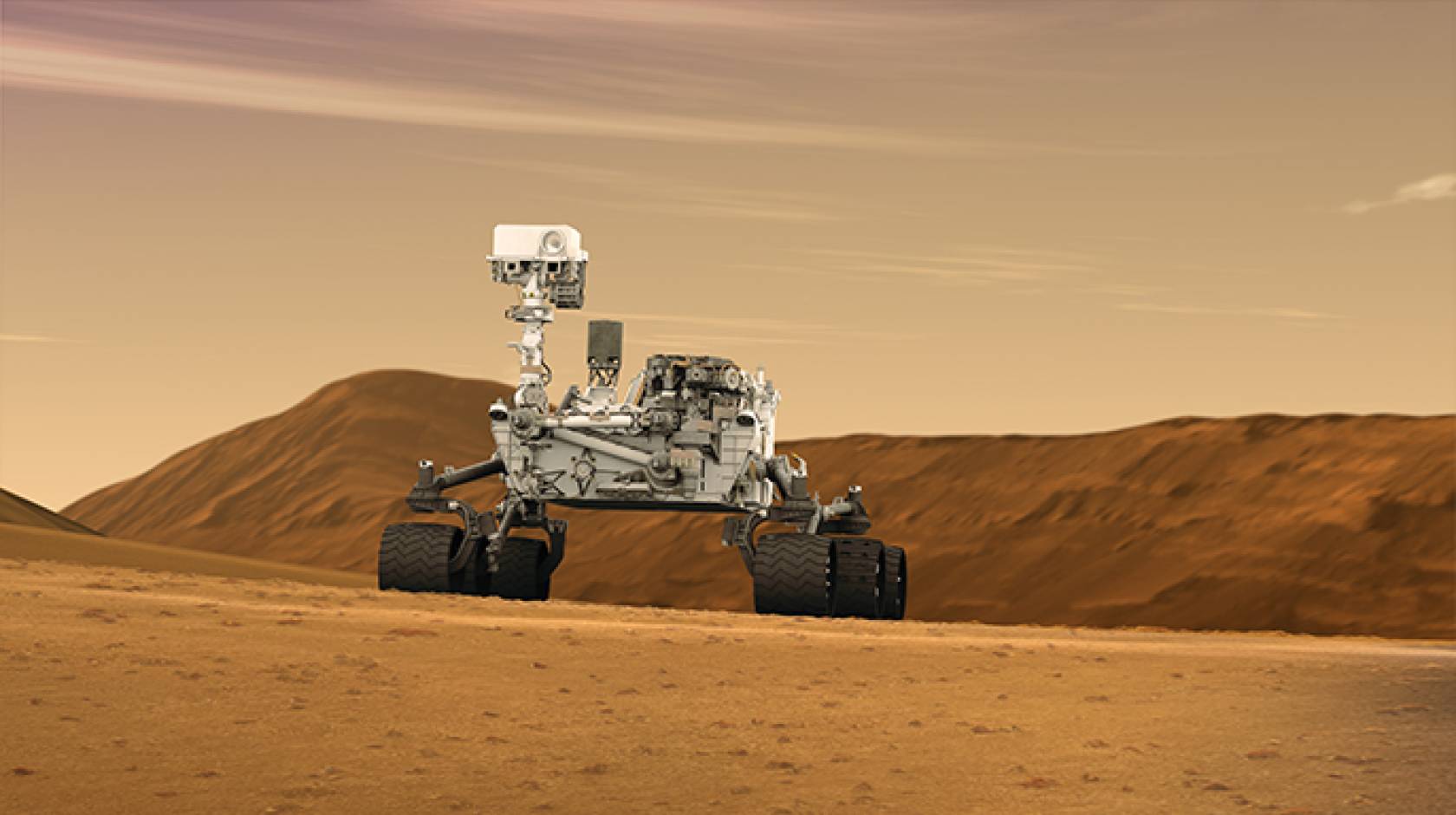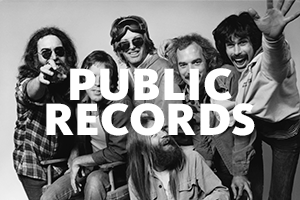Harry Mok, UC Newsroom

After traveling 354 million miles and surviving a nail-biting descent to the surface of Mars, the Curiosity rover is finding that the Red Planet was once a lot like the Blue Planet.
Curiosity’s exploration of Mars’ barren landscape is revealing signs that water once flowed freely and that life could have existed on the planet.
“Our findings are showing that Mars is a planet that was once a whole lot like Earth,” said UC Davis geology professor Dawn Sumner, co-investigator for NASA’s Mars Science Laboratory team, which is exploring whether the planet ever had an environment capable of supporting microbial life.
Liquid water disappeared from Mars’ surface millions of years ago, leaving behind tantalizing clues about the planet’s ancient past — clues that Sumner has been deciphering since the rover landed in August 2012.
Sumner is working from Curiosity mission control at NASA’s Jet Propulsion Laboratory in Pasadena while on sabbatical from UC Davis.
She helped choose which parts of the planet Curiosity should investigate. And she helps lead the team that analyzes the rocks and other geologic elements that the rover encounters.
“All the rocks we’ve seen on this mission are sediments that have been deposited by water,” Sumner said. “We’ve found almost no sandstone deposited by wind.”
Paving way for manned missions
She is one of several UC scientists and engineers who have been vital to the success of the Curiosity mission, which is part of NASA’s long-term plan to pave the way for sending astronauts to Mars.
UC Santa Cruz alumnus Steve Collins, Curiosity's attitude control subsystem engineer, helped guide the 1-ton rover to a safe landing on the planet's surface — a nerve-wracking event dubbed the “seven minutes of terror.”
Using a complex, untried landing technique, Curiosity entered the Martian atmosphere at 13,000 mph, burned off its heat shield, jettisoned its space capsule and then touched down by deploying a landing system that involved a large, supersonic parachute, rockets and a "sky crane" that lowered the rover to the Martian surface on a long tether.
A widely circulated Associated Press photo of Collins personified the drama of the landing. During the seven minute lag in which mission control didn't know if Curiosity had made it to the surface, a tense-looking Collins waits anxiously, his hands clasped as if in prayer.
The complicated landing system was developed to compensate for both the speed at which the rover entered Mars' thin atmosphere and the weight of the craft itself, which is five times heavier than previous rovers.
A JPL engineering team, led by UC Davis alumnus Adam Steltzner, developed the landing solution.
The team’s Entry, Descent and Landing system ferried Curiosity to the ground on a rocket-propelled platform. The landing system’s rockets kept the platform hovering near the Martian surface as cables then gently lowered the rover to the ground. After Curiosity landed, the platform fired its rockets and zoomed away to avoid crashing down on the rover.
The maneuver was precarious and had no margin for error.
Steltzner says that people are dumbfounded by the complexity of the landing, but that each piece of the maneuver was essential.
“When people look at it, it looks crazy,” Steltzner said. “It is the result of reasoned engineering thought. But it still looks crazy.”
With Curiosity safely on the surface, the science could begin.
Findings point to water
The first true color photos of the surface of Mars were shot by Curiosity shortly after it landed.
Last year, Curiosity found rounded pebbles, an indication that a stream once flowed at the site and the first evidence that Mars had sustained water flows and could have supported life.
The rover has since moved to a location about 4 miles away from the Gale Crater landing site, where scientists expect to make even more discoveries. The new location is named Kimberly, after a region of northwestern Australia.
Curiosity has 165 pounds of science instruments on board, including cameras, spectrometers, drills, tools to gather samples and a ‘ChemCam,’ which uses a laser to vaporize rock samples and then analyzes their chemical composition.
The ChemCam was developed with help from Roger Wiens of Los Alamos National Laboratory.
“The tools Curiosity is carrying allow you to be a geologist on Mars, which is really exciting,” Sumner said.


